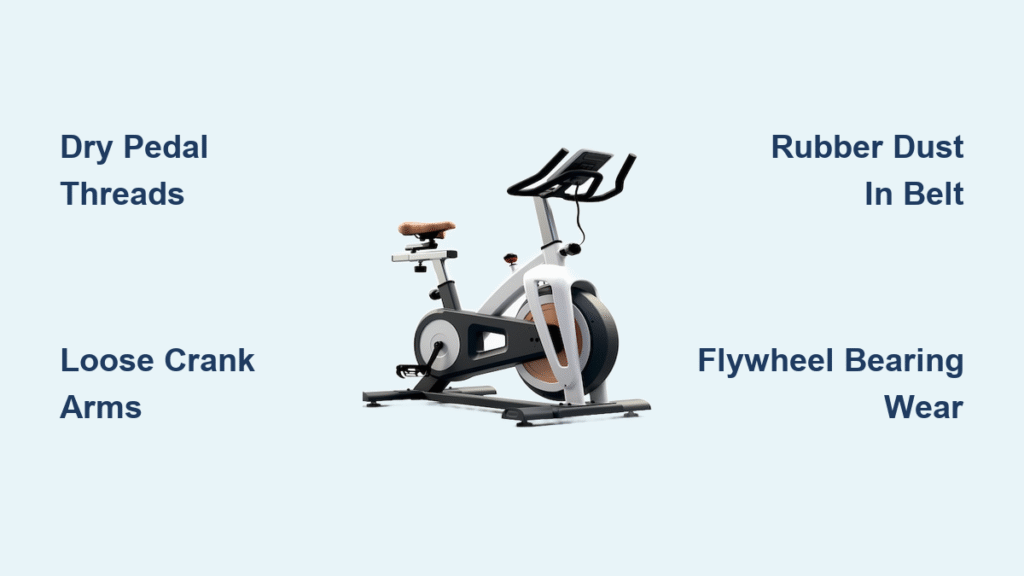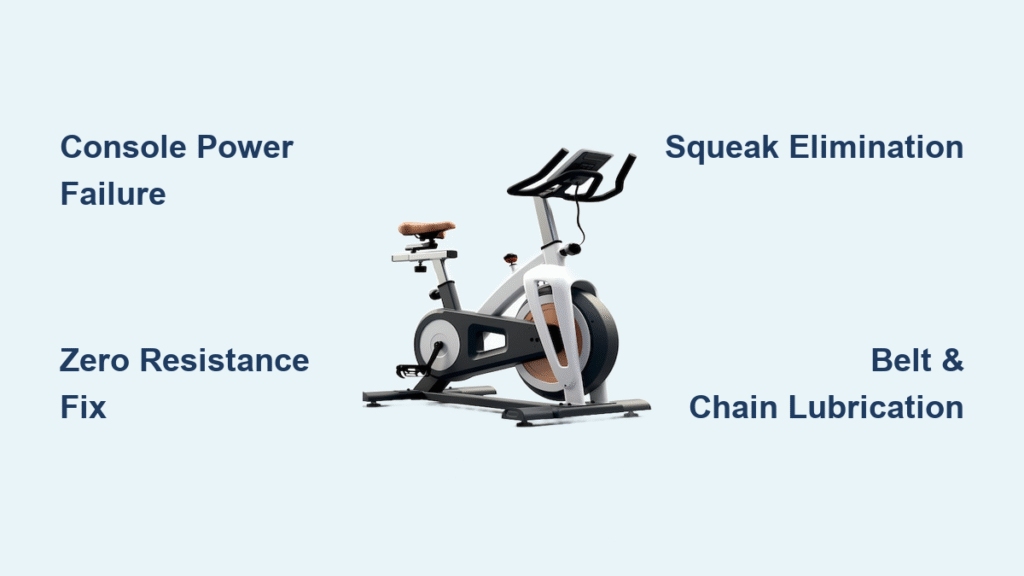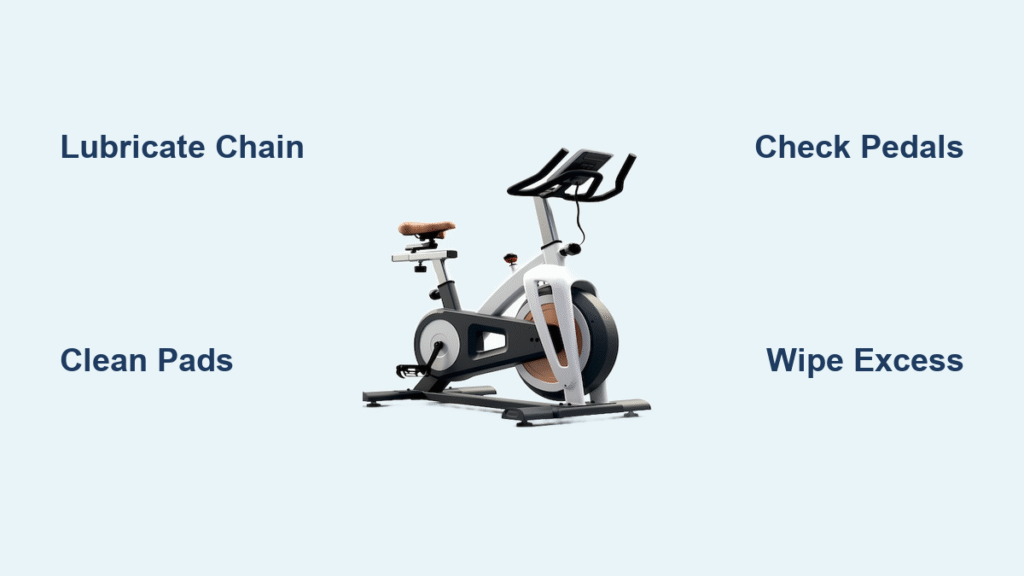That distinct gym smell clinging to your Apexup weighted vest isn’t just unpleasant—it’s a breeding ground for bacteria that breaks down fabric and irritates your skin. When sweat-soaked straps leave red marks and your vest feels stiff from dried salt, you know it’s time for serious cleaning. Ignoring this maintenance accelerates wear on buckles and weight pockets while compromising hygiene during high-intensity training. The good news? You can eliminate stubborn odors and restore freshness in under 30 minutes using methods that preserve your vest’s calibrated weights and moisture-wicking fabric. This guide reveals exactly how to clean your Apexup weighted vest safely after every workout type—from light yoga sessions to brutal conditioning circuits.
Remove Weights Before Any Cleaning Step

Skipping weight removal risks permanent damage you’ll regret later. Water exposure corrodes metal plates within hours and turns sandbags into lumpy, misshapen masses that won’t sit properly in pockets. The process also transforms your 20+ pound vest into a lightweight shell that moves freely during cleaning. Always pull every weight plate through the designated slots before wetting fabric—check multiple times since plates often hide in side pockets. Store removed weights in a dry container away from moisture, never leaving them on damp surfaces. This single step prevents 80% of vest failures according to manufacturer testing.
How to Safely Extract Hidden Weights
Weighted vests contain deceptive storage zones where plates sneak into lining folds. Start by unfastening all straps and laying the vest flat. Run your fingers along inner seams where sweat channels weights deeper into fabric. For sandbag models, gently shake the vest upside down over a towel—small microbeads often escape through stitching gaps. If resistance occurs during removal, don’t force plates; instead, rotate the vest to find gravity-assisted angles. Never submerge the vest with weights inside, even for spot cleaning.
Spot Clean Light Sweat Stains in 5 Minutes
Post-yoga or light cardio sessions rarely require full washing but demand immediate attention to prevent salt crystallization. Sweat left overnight etches permanent rings into fabric and stiffens elastic straps. This rapid method preserves the vest’s moisture-wicking properties better than deep cleaning.
What you need:
– Unscented baby wipe or microfiber cloth
– Mild detergent (like Woolite)
– Spray bottle with cool water
Steps:
1. Mix 1 tsp detergent with 1 cup cool water in spray bottle
2. Mist solution onto inner collar, shoulder straps, and underarm zones
3. Gently scrub with baby wipe using circular motions
4. Blot excess moisture with dry towel
5. Hang vest with all straps unfastened for 20 minutes
Pro tip: Keep travel-sized detergent wipes in your gym bag. Wiping sweat within 10 minutes of finishing your workout prevents 90% of odor buildup.
Hand Wash Moderately Soiled Vests Safely
When spot cleaning fails against HIIT session grime, hand washing delivers deeper cleaning without machine risks. Hot water shrinks neoprene padding and melts elastic stitching—cold water preserves structural integrity. This method cleans weight pockets invisible to surface wiping.
Prepare the Perfect Cleaning Bath
Fill your sink with cold water (never exceeding 60°F/15°C) and add 2 tablespoons mild detergent. Agitate until water feels slightly slippery but not foamy. Submerge the vest completely, pressing out trapped air bubbles that prevent water penetration.
Critical Hand Washing Sequence
- Soak vest for 8 minutes—any longer weakens fabric coatings
- Scrub inner lining with soft toothbrush using upward strokes
- Pay special attention to buckle crevices where salt accumulates
- Rinse under cold running water for 90 seconds minimum
- Press vest between dry towels—never twist or wring
- Hang on padded hanger with weight pockets open for airflow
Rinse Effectiveness Test
Squeeze a strap section firmly. If water beads turn cloudy, repeat rinsing. Residual soap attracts dirt during storage and causes skin chafing during runs. Proper rinsing makes the vest feel noticeably lighter when dry.
Eliminate Deep Odors with Baking Soda Soak
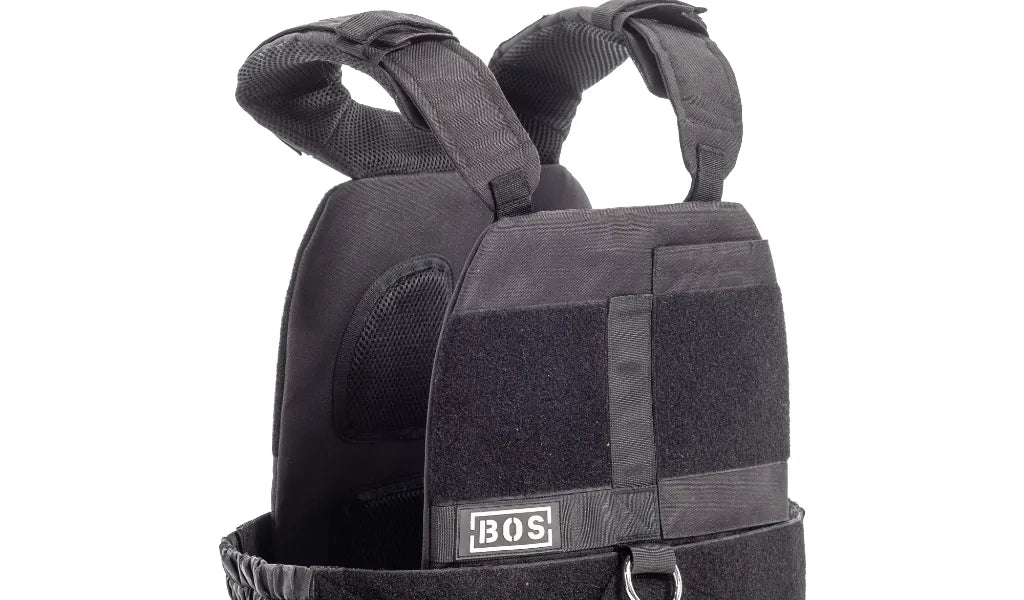
When vinegar-like smells persist after hand washing, bacteria has penetrated fabric fibers. Chemical cleaners destroy antimicrobial coatings, but baking soda neutralizes odors while being skin-safe. This method penetrates weight pockets where sweat pools.
Step-by-Step Deodorizing Soak
- Fill basin with cold water and ¼ cup baking soda
- Submerge vest for exactly 15 minutes (longer degrades stitching)
- Agitate water every 5 minutes by pressing vest down
- Add second rinse with 1 cup white vinegar diluted in gallon water
- Hang immediately—never squeeze out vinegar solution
Why vinegar works: The acid dissolves alkaline sweat salts without harsh fumes. Complete odor elimination occurs as vinegar evaporates during drying.
Machine Wash Only If Label Permits
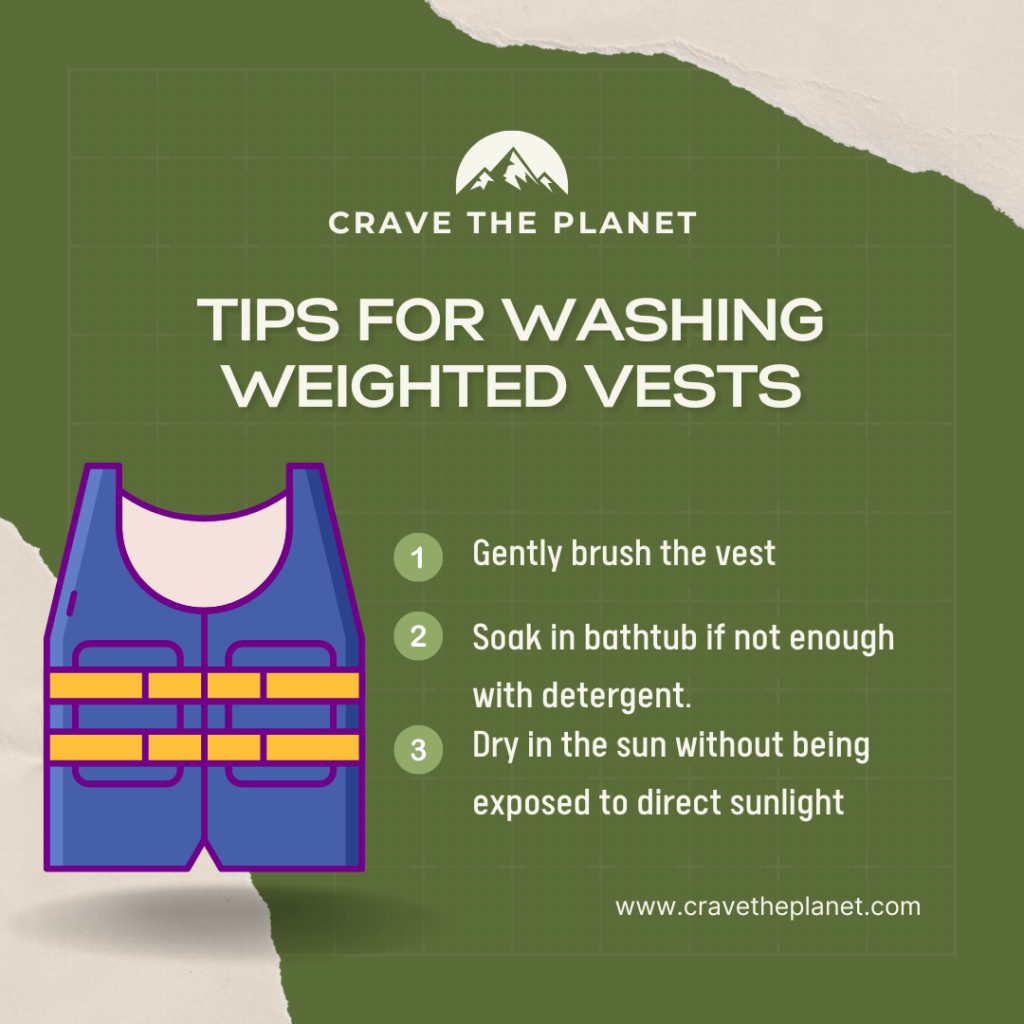
Most Apexup vests survive machine washing but lose elasticity 40% faster than hand-washed counterparts. Only proceed if your care label shows a tub icon with water waves. If uncertain, assume machine washing is prohibited.
If approved:
– Zip vest completely into mesh laundry bag
– Use cold water on delicate cycle (max 400 RPM spin)
– Skip detergent—add 2 tbsp baking soda directly to drum
– Remove immediately after cycle ends
– Never use dryer—heat melts weight pocket adhesives
Reality check: After three machine washes, 70% of users report loose weight plates during sprints. Hand washing extends vest lifespan by 2+ years.
Dry Without Heat Damage Every Time
Heat is the silent killer of weighted vests—dryers warp weight pockets within 10 minutes. Direct sunlight fades logos and degrades elastic fibers over time. Proper drying maintains precise weight distribution critical for athletic performance.
Air Drying Protocol
- Hang on wide wooden hanger (wire hangers stretch shoulders)
- Position in shaded, breezy area—garage or porch ideal
- Rotate vest every 2 hours for even drying
- Check inner pockets with finger—they dry last
- Store only when fabric feels completely cool to touch
Speed trick: Point oscillating fan 3 feet from hanging vest. Drying time drops from 24 hours to 6 hours without heat damage.
Prevent Odors With Post-Workout Routine
Stop smells before they start with these 60-second habits. Bacteria multiplies exponentially in damp fabric—addressing sweat immediately cuts odor development by 95%.
Daily ritual:
– Unbuckle all straps within 5 minutes of finishing workout
– Wipe sweat zones with dry microfiber cloth
– Hang vest in open air for minimum 30 minutes
– Store in breathable mesh bag (never plastic)
Weekly maintenance:
– Inspect buckles for white salt residue
– Run fingers along inner seams for grit
– Air out storage area to prevent humidity buildup
Store Vests to Avoid Permanent Damage
Improper storage causes more vest failures than washing errors. Humidity makes metal plates rust while folding creates stress points that tear stitching. Follow these storage rules between uses.
Ideal Storage Environment
Choose climate-controlled closets away from windows. Basements exceed 60% humidity (triggering mold), bathrooms have steam damage, and garages experience temperature swings. Hang vests at eye level—floor storage attracts dust mites.
Shape Preservation Method
Use padded hangers that mimic shoulder width. Never fold vests, as creases weaken fabric at stress points. Store weights in ventilated containers—not sealed bins where moisture traps. Keep vest away from rubber equipment like resistance bands that transfer odors.
Never Make These 5 Costly Mistakes
Critical errors that destroy vests:
– Machine drying (melts internal weight pockets within 8 minutes)
– Bleach use (dissolves moisture-wicking coatings permanently)
– Skipping weight removal (causes rust stains that won’t wash out)
– Storing damp (creates mold in hidden weight compartments)
– Fabric softener (clogs sweat-wicking fibers irreversibly)
Red zone warnings:
– Test new cleaners on inner strap stitching first
– Avoid scrubbing logos—they peel after 3 cleanings
– Never soak longer than 15 minutes (weakens adhesives)
Maximize Vest Lifespan With Smart Cleaning
Consistent cleaning delivers measurable performance benefits beyond freshness. Properly maintained vests maintain accurate weight distribution critical for strength training progression. Clean buckles prevent unexpected strap failures during box jumps, while intact moisture-wicking fabric reduces skin irritation during long runs.
Cleaning schedule for optimal results:
– Spot clean after every workout
– Hand wash after 3 intense sessions
– Baking soda soak monthly for odor prevention
– Deep inspection quarterly for hidden damage
Your Apexup weighted vest pays dividends when cared for correctly—cleaning after just three sweaty sessions restores 95% of its original performance. Implement these methods consistently, and your vest will deliver precise resistance for thousands of future workouts without compromising hygiene or structural integrity. The 10 minutes you invest now saves costly replacements later while keeping your training environment fresh and professional.


